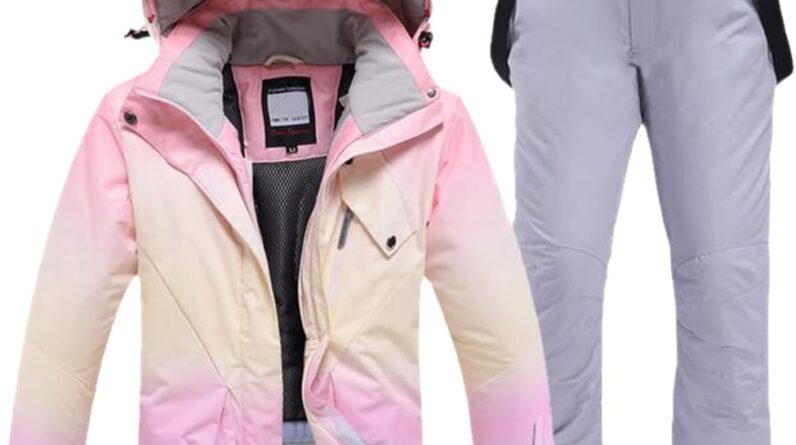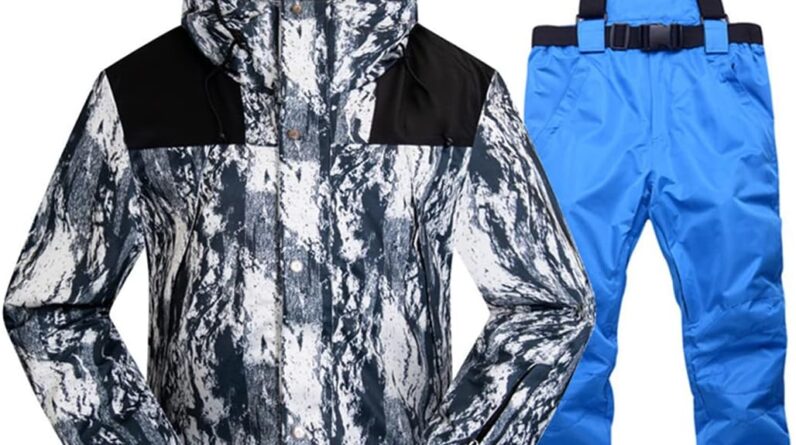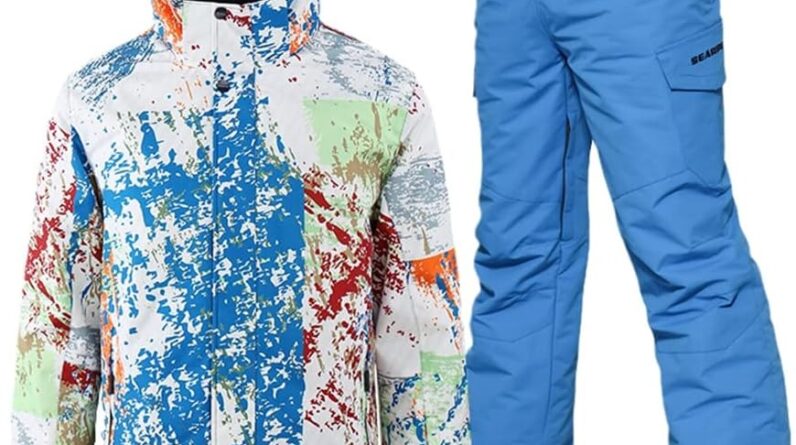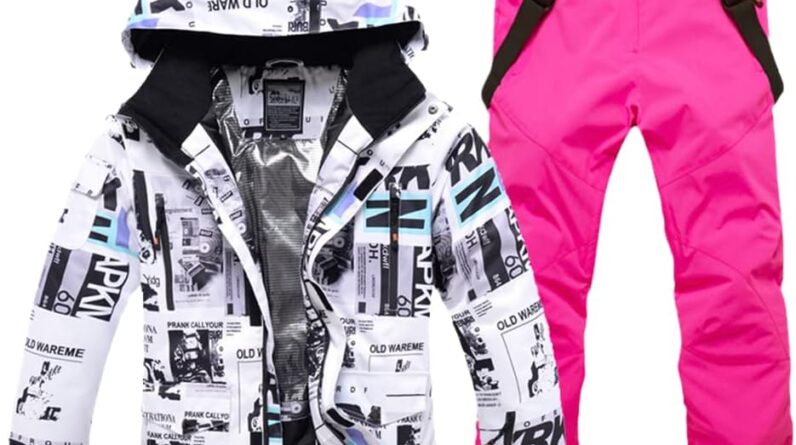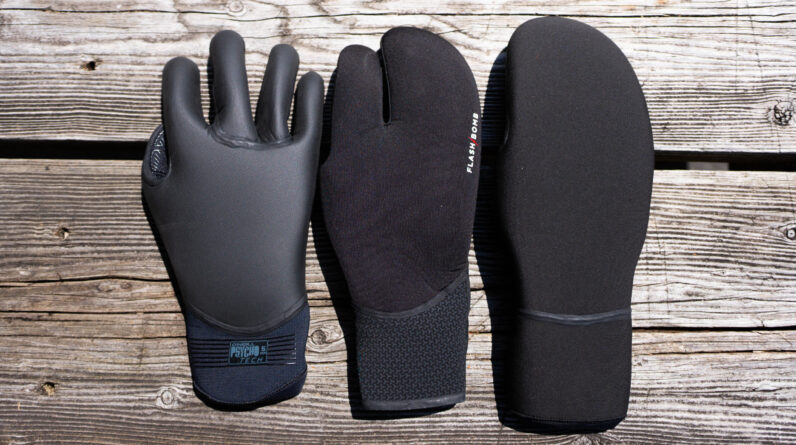
So, you’ve decided it’s time to invest in a pair of wetsuit gloves, but now you’re faced with the dilemma of choosing the perfect size and style. Don’t worry, we’ve got you covered! In this guide, we’ll walk you through some key considerations to help you find the right fit and style of wetsuit gloves for your water adventures. From understanding the importance of proper sizing to exploring various styles and materials, you’ll be well-equipped to make an informed decision that ensures maximum comfort and functionality while keeping your hands protected in the water.
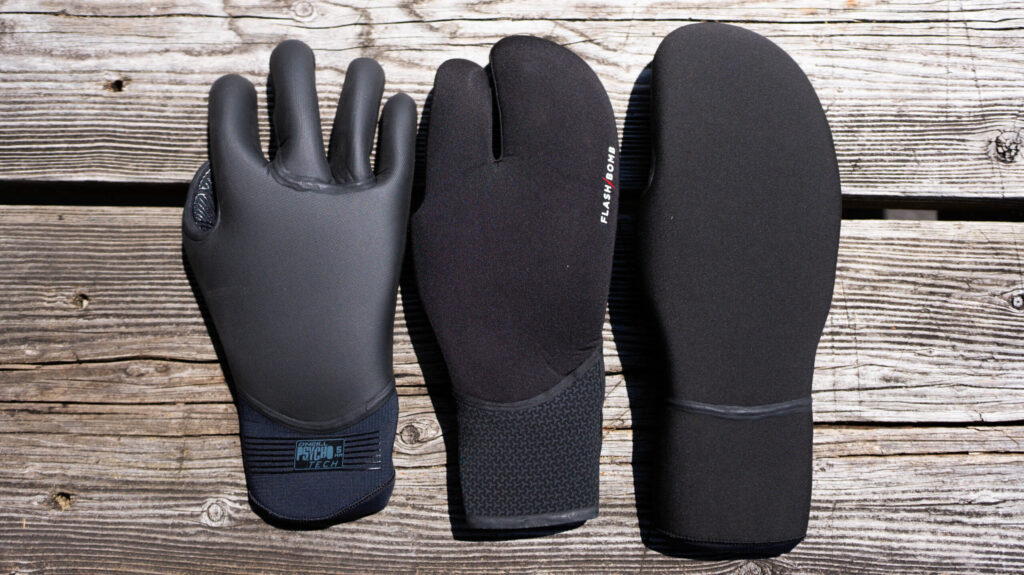
This image is property of www.cleanlinesurf.com.
Understanding the Importance of Size and Style
When it comes to choosing the right wetsuit gloves, size and style play a crucial role in ensuring comfort and optimal performance. Ill-fitting gloves can have adverse effects on your overall experience, so it is essential to understand the importance of finding the perfect fit. In this comprehensive guide, we will delve into the factors that determine the correct size and explore different glove styles to help you make an informed decision.
Importance of proper wetsuit gloves
Proper wetsuit gloves are essential for several reasons. Firstly, they provide thermal insulation, keeping your hands warm in cold water environments. Secondly, they offer protection against abrasions, cuts, and other potential injuries that could occur during watersports activities. Lastly, they enhance your grip and dexterity, allowing you to confidently handle equipment or tackle challenging maneuvers in the water. Investing in the right pair of wetsuit gloves is crucial for your comfort, safety, and overall enjoyment while engaging in water-based activities.
Effects of ill-fitting gloves
Wearing ill-fitting gloves can significantly impact your experience in the water. If your gloves are too loose, water can seep in, reducing their insulating properties and leaving your hands cold. Loose gloves may also impede your dexterity, making it challenging to perform precise movements. On the other hand, gloves that are too tight can restrict blood flow, causing discomfort and reducing your ability to maneuver effectively. Additionally, gloves that are too tight may increase the likelihood of tears or damage to the material. It is crucial to find the perfect balance of snugness to ensure both comfort and functionality.
Choosing the right size and style for comfort and performance
Determining the correct size and style of wetsuit gloves is vital for both comfort and performance. To find the right size, you need to measure your hand accurately and refer to sizing charts provided by manufacturers. Trying on gloves is also essential to ensure the perfect fit. Additionally, considering the thickness of the gloves is crucial, as it determines their suitability for different water temperatures and activities. Different glove styles, such as full finger gloves, three-finger gloves, and mitt style gloves, provide varying levels of dexterity and protection. Understanding materials, construction, wrist closure systems, and features to prevent water entry are also essential factors to consider. Lastly, balancing comfort and performance is necessary for an enjoyable and successful water-based experience. Proper care and maintenance, as well as considering budget and brand, also contribute to making the right purchase decision.
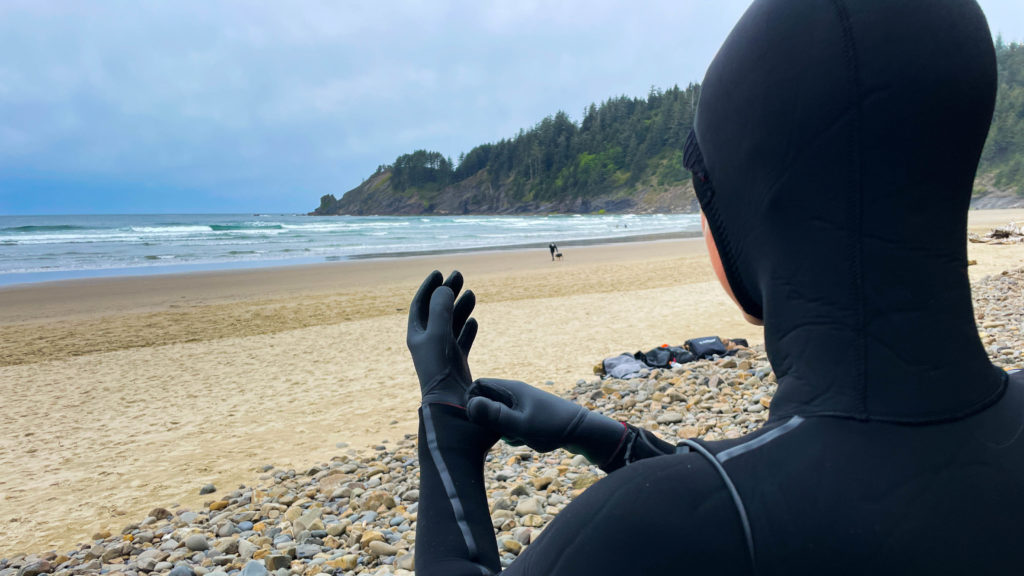
This image is property of www.cleanlinesurf.com.
Determining the Correct Size
To ensure a proper fit for your wetsuit gloves, it is crucial to measure your hand accurately. Begin by measuring the circumference of your dominant hand, just below your knuckles, excluding your thumb. Note down the measurement in inches or centimeters, depending on the sizing system used by the manufacturer.
Understanding sizing charts provided by manufacturers is the next step in determining the correct size. Manufacturers often provide detailed charts that correlate hand circumference measurements to glove size. Carefully examine these charts and find the corresponding size based on your measured hand circumference. It is important to note that sizing may vary between different brands, so it is always recommended to refer to the specific brand’s sizing chart when making a selection.
Trying on gloves is crucial for finding the perfect fit. After narrowing down your size based on measurements and the manufacturer’s sizing chart, try on gloves of the chosen size. Pay attention to the fit around your fingers, palm, and wrist. The gloves should feel snug but not overly tight. Ensure that the fingers have enough room for movement and that the gloves do not restrict blood flow. Remember that a good fit is essential for comfort and optimal performance in the water.
Considering the Glove Thickness
The thickness of wetsuit gloves plays a significant role in determining their suitability for different water temperatures and activities. Gloves with thicker neoprene provide more insulation and warmth, making them ideal for colder water conditions. Thinner gloves, on the other hand, offer increased dexterity and flexibility, making them suitable for activities that require precise movements or warmer water temperatures.
It is essential to choose the appropriate thickness based on the conditions you will be encountering. In colder water temperatures, gloves with a thickness of 5mm to 7mm are recommended to provide the necessary insulation. For milder conditions or activities that necessitate enhanced dexterity, gloves with a thickness of 2mm to 4mm can strike a balance between warmth and maneuverability. Understanding the recommended thickness for different conditions will help you choose the gloves that best suit your needs.

This image is property of www.tiso.com.
Exploring Different Glove Styles
Wetsuit gloves come in various styles, each offering its own set of advantages and disadvantages. Understanding the different glove styles can help you make an informed decision based on your specific requirements.
Full finger gloves are the most common style and provide coverage for all fingers. They offer excellent protection against cold water and potential injuries. Full finger gloves provide a balance between thermal insulation and dexterity, making them suitable for a wide range of water activities.
Three-finger gloves, also known as lobster claw gloves, feature a unique design with the index and middle fingers together and the ring and pinky fingers together. This style combines the warmth of a mitt with the dexterity of a full finger glove, making it an excellent choice for activities that require a stronger grip and enhanced flexibility.
Mitt-style gloves, also known as lobster mitts, have all fingers together, similar to a traditional mitt. This style provides the highest level of warmth and is ideal for extremely cold water temperatures. However, mitt-style gloves sacrifice some dexterity and fine finger control.
Understanding the differences in design and functionality among these glove styles will enable you to choose the one that best suits your needs and preferences.
Understanding Materials and Construction
Wetsuit gloves are primarily made from neoprene, a synthetic rubber material that provides excellent insulation and flexibility. However, there are different grades of neoprene and variations in construction that can affect the performance of the gloves.
Neoprene is available in varying thicknesses and densities, with thicker and denser neoprene providing better insulation. High-quality neoprene often includes additional features such as titanium or silver lining for enhanced heat retention.
Seams and stitching are also important considerations. Blind stitched or glued seams with minimal stitching provide better water resistance. Some gloves may feature liquid-taped or sealed seams for added durability and protection against water entry.
Enhancements such as grip and flexibility enhancements can significantly improve the performance of wetsuit gloves. Some gloves include textured or patterned areas on the palms and fingers to improve grip on surfaces or equipment. Flex panels or articulated construction in specific areas of the gloves can enhance flexibility and range of motion.
Understanding the materials and construction of wetsuit gloves will help you make an informed decision based on the specific features that are important to you.
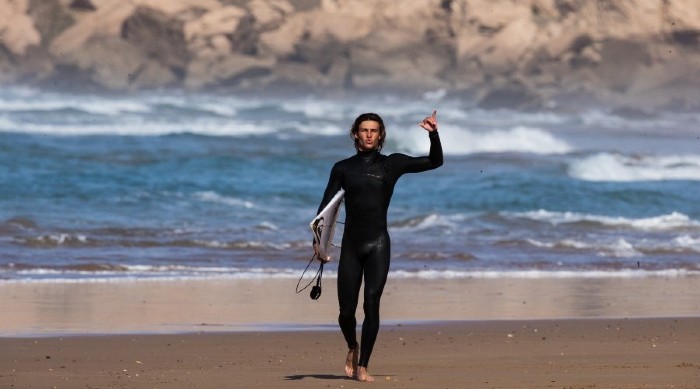
This image is property of ssl.quiksilver.com.
Considering Wrist Closure Systems
Wrist closure systems are crucial for achieving a secure fit and preventing water entry around the wrists. There are primarily two types of closure systems commonly used in wetsuit gloves: Velcro closure and zipper closure.
Velcro closure systems feature a strap with a Velcro fastener that allows for easy adjustment and a secure fit. This type of closure system is widely used and provides flexibility in adjusting the tightness around the wrist. Velcro closures are generally reliable; however, they may accumulate sand or debris over time, potentially affecting their performance.
Zipper closure systems involve a small zipper located either on the back or side of the glove. This type of closure system provides a more secure and watertight seal. It eliminates the possibility of sand or debris entering through the wrist area. However, zipper closures may be slightly more challenging to adjust and may limit flexibility compared to Velcro closures.
When considering the wrist closure system, it is essential to understand the benefits and drawbacks of each type and choose the one that best aligns with your preferences and requirements.
Preventing Water Entry
Preventing water entry is crucial for maintaining the insulating properties of wetsuit gloves. Proper sealing techniques and considerations should be taken into account to ensure a watertight fit.
Sealing techniques such as wrist seals or cuffs with elastic or grippy materials can help minimize water entry. The wrist area should provide a snug fit without restricting blood flow to ensure maximum effectiveness. Some gloves may feature additional features like extended cuffs or cinch straps to provide extra protection against water entry.
Choosing gloves that properly fit around the wrist is vital for preventing water entry. Ensure that there are no gaps or loose areas that may allow water to seep in. It is advisable to try on gloves and perform some movements to test their water-tightness before making a purchase.
Additional features, such as wrist gaskets or waterproof coatings, may also contribute to minimizing water entry. Consider these features when selecting wetsuit gloves for added protection in water-based activities.
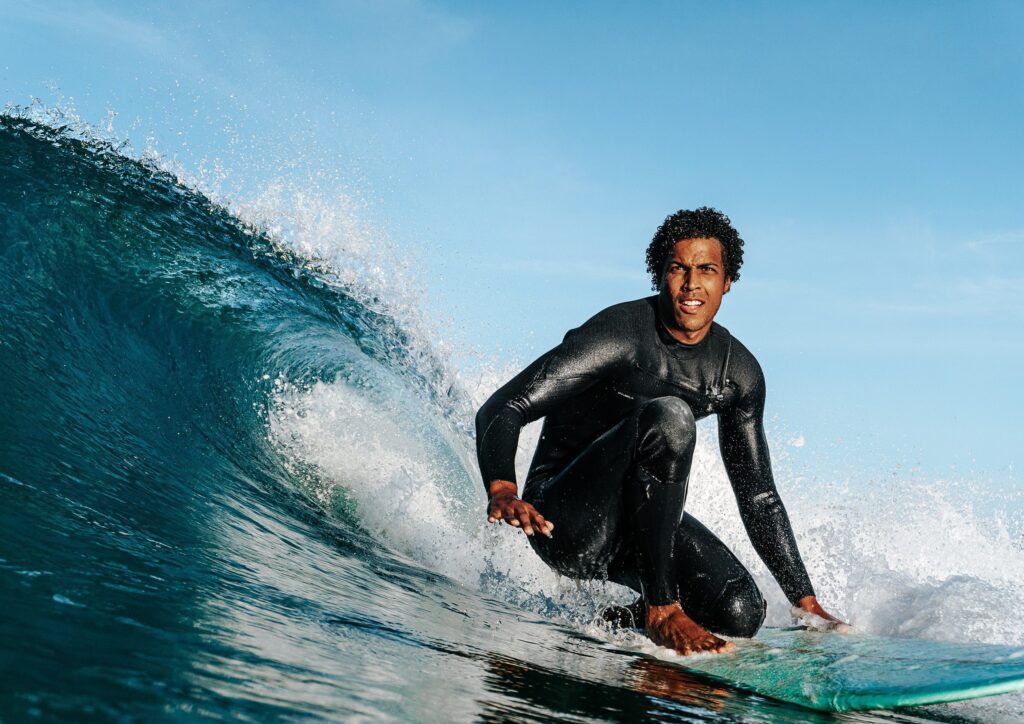
This image is property of shop.lapointcamps.com.
Balancing Comfort and Performance
Finding the right balance between comfort and performance is essential for an enjoyable and successful experience in the water. Wetsuit gloves should provide flexibility and a wide range of motion to ensure comfort while engaging in various activities. Look for gloves that offer good finger dexterity, allowing you to handle equipment or perform intricate movements without restriction.
Enhanced grip is another crucial factor to consider when choosing wetsuit gloves. Look for textured or patterned palm and finger areas that provide excellent grip on slippery surfaces or equipment. The gloves should provide a secure hold without compromising dexterity.
Factors such as durability, ease of use, and breathability should also be considered for prolonged use. Gloves that are constructed with high-quality materials and thoughtful design will offer long-lasting performance and ensure you are prepared for future water adventures.
Understanding Care and Maintenance
Proper care and maintenance of your wetsuit gloves will not only prolong their lifespan but also ensure their performance remains at its best. Cleaning and drying your gloves after each use is essential to remove salt, sand, and other debris that can degrade the materials. Rinse them thoroughly with fresh water, inside and out, and allow them to dry in a ventilated area away from direct sunlight.
Storing your gloves correctly is equally important. Avoid folding or creasing them excessively, as it can lead to premature wear and tear. Hang them or lay them flat in a cool, dry place to maintain their shape.
Minor damages, such as small tears or punctures, can often be repaired with neoprene adhesive or patches specifically designed for wetsuits. Addressing these damages promptly can prevent them from worsening and ensure the continued usability of your wetsuit gloves.
Considering Budget and Brand
When choosing wetsuit gloves, it’s important to consider your budget while also evaluating different brands. Leading brands often provide high-quality gloves that offer durability, superior performance, and a wide range of features. However, there are also reputable mid-range or budget-friendly brands that offer reliable options at a more affordable price point.
While it can be tempting to opt for the cheapest option available, it is crucial to strike a balance between quality and price. Investing in a pair of well-made gloves from a reputable brand will not only provide you with better performance but also ensure durability and longevity.
When considering a purchase, take into account factors such as customer reviews, brand reputation, and warranty or return policies. Thoroughly researching and comparing different brands and models will help you make an informed decision that aligns with your budget and ensures a satisfying and worthwhile investment.
In conclusion, choosing the right size and style of wetsuit gloves is critical for your comfort, safety, and performance in the water. Proper measurement, understanding sizing charts, and trying on gloves are crucial steps to achieve the perfect fit. Additionally, considering the glove thickness, different styles, materials and construction, wrist closure systems, water entry prevention, comfort and performance factors, care and maintenance procedures, as well as budget and brand evaluations, are essential elements to consider when choosing wetsuit gloves. By carefully considering all these factors, you can select an ideal pair of wetsuit gloves that will enhance your water-based experiences and make every adventure memorable.

